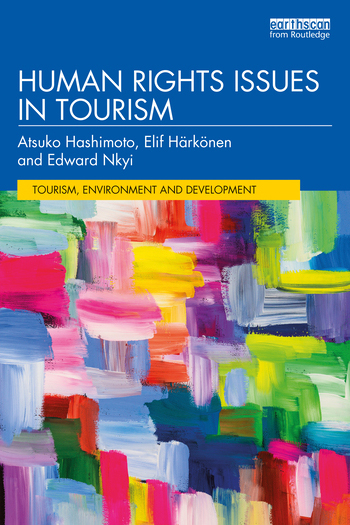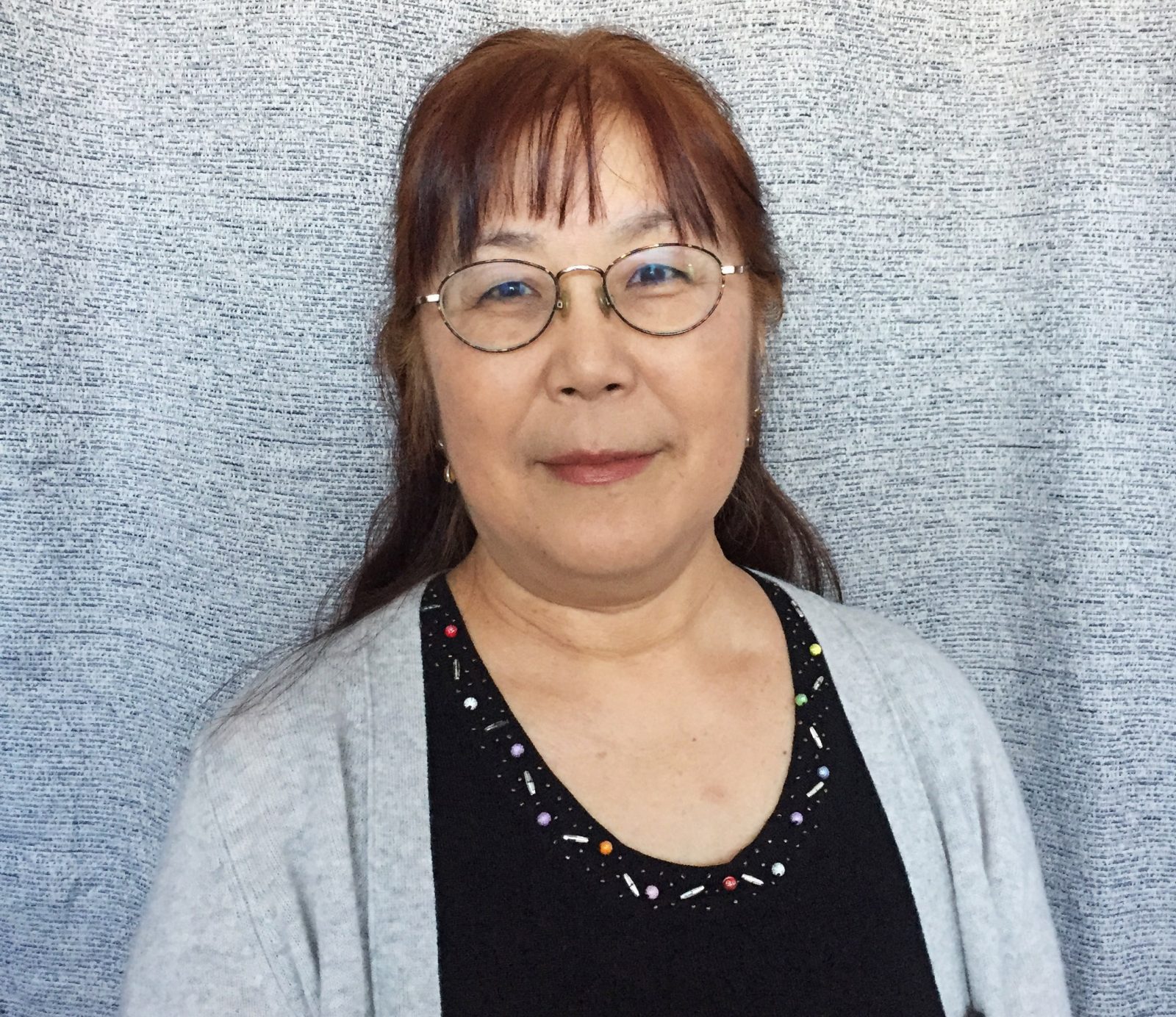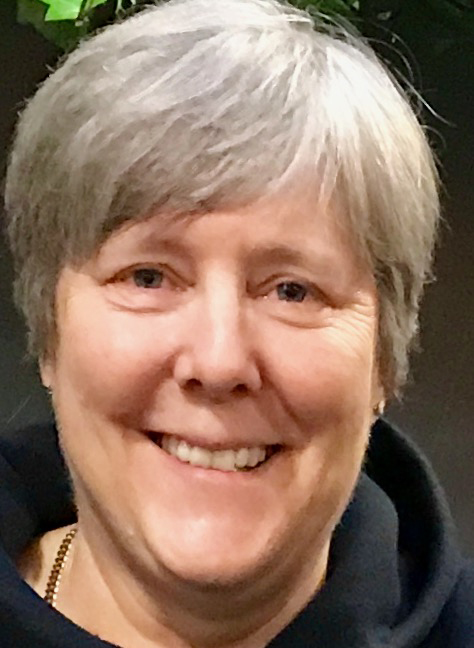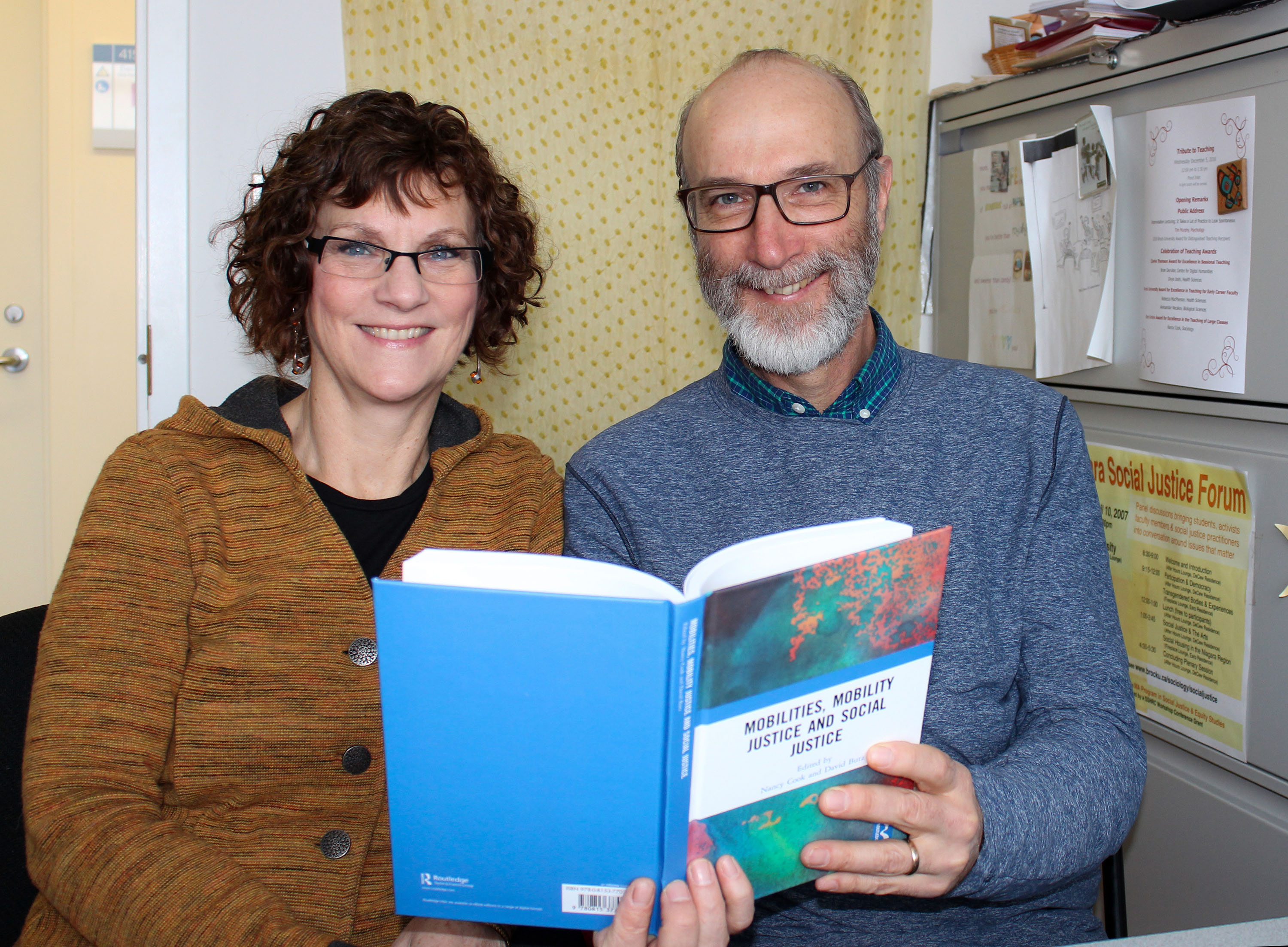After almost a year of travel restrictions and stay-at-home mandates, many Canadians are looking toward a future when they might visit distant locales once again.
Atsuko Hashimoto, Associate Professor in Brock’s Department of Geography and Tourism Studies, hopes that before hopping on a plane, people might first consider how travel may impinge on the rights of others.
To help readers understand the implications of tourism across a range of topics related to human rights, Hashimoto published Human Rights Issues in Tourismat the end of December, following a historical year for both the tourism industry and human rights worldwide.
“When we started writing this book, no one could have foreseen all the changes that 2020 brought,” says Hashimoto. “We have seen many pro-democracy demonstrations and the rise of rights activism around the world, the number of asylum seekers increasing exponentially and a global pandemic that has, for the most part, stopped non-essential travel, or ‘taking a holiday,’ resulting in many people’s rights to work being severely compromised.”

Human Rights Issues in Tourism is part of Routledge’s Tourism, Environment and Development Series.
Co-authored with colleagues Elif Härkönen of Linkoping University in Sweden and Brock Political Science alumnus Edward Nkyi (MA ’11), the book covers a background of human rights issues related to tourism, from sustainable development goals to politics, before taking deeper dives into specific issues such as human security, displacement, discrimination, privacy, free movement, labour conditions, sex tourism, the environment and Indigenous rights.
“I like the idea that tourism is a window to what is happening in society,” says Hashimoto. “Readers may be surprised to realize how our own behaviours are, without us noticing, hurting other people.”
Hashimoto, whose research has long focused on the empowerment of women in rural communities and other disadvantaged groups, says it’s important to acknowledge the part tourists may play in the relationships that exist between globalization, tourism and human rights.
“Can you imagine as an international tourist that the resort hotel you are staying in used to be a local fishing village?” she says. “The villagers were removed from the area so that the hotel could be built and local access to the beach is now denied. Almost everything in the resort hotel is imported from other countries, so local suppliers benefit very little — even the traditional Indigenous souvenirs sold in the hotel have been mass produced in another country and imported.”
Hashimoto encourages potential tourists to think of any trip they plan as a visit to someone else’s home, determining if and how their visit will benefit local people and how their mode of transportation may contribute to climate change, another serious human rights issue examined in the book.
“You are taking a vacation for relaxation and fun, but your enjoyment should not be a burden to others,” Hashimoto says.
STORY FROM THE BROCK NEWS

 Dr. Phillip Mackintosh has published a new chapter in the book Micro-Geographies of the City, 1750-1900 titled “Liberalism underfoot: A micro-geography of street paving and social dissolution – Brunswick Avenue, Toronto, Ontario, 1898–99”.
Dr. Phillip Mackintosh has published a new chapter in the book Micro-Geographies of the City, 1750-1900 titled “Liberalism underfoot: A micro-geography of street paving and social dissolution – Brunswick Avenue, Toronto, Ontario, 1898–99”.










